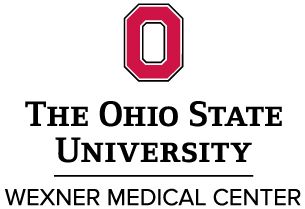
SAGE and BrainTest for Cognitive Assessment and Clinical Trial Enrollment: Douglas Scharre, MD

The director of the Division of Cognitive and Memory Disorders at the Ohio State Wexner Medical Center discussed benefits of both the pen-and-paper and digital assessments. [WATCH TIME: 7 minutes]
WATCH TIME: 7 minutes
“They're both self-administered, so you do not need an administrator, which is one of the biggest advantages of this test. Unlike the Mini-Mental State [Examination] or other tests where you needed an administrator, the SAGE test, the BrainTest are self-administered, and it takes away administrator bias.”
The Self-Administered Gerocognitive Exam (SAGE) was developed as a pen-and-paper test to measure cognitive function and identify individuals with mild cognitive impairment. A companion assessment, the BrainTest, accomplishes the same goal with the same questions, but is instead taken on a tablet or touchscreen computer.
In conversation with NeurologyLive®, Douglas Scharre, MD, director of the Division of Cognitive and Memory Disorders, department of neurology, the Ohio State Wexner Medical Center, outlined the functionality of both tests, which he described as “basically equivalent,” just differing in how they are presented. The primary advantage of both versions, he said, is the capability to be self-administered, thereby removing the need for an administrator, and eliminating potential administrator bias.
SAGE is downloaded from a website and is free to use, but BrainTest, as a commercialized product, has an associated cost. The digital version is also automatically scored, whereas SAGE requires a health care provider to evaluate results, Scharre said. SAGE can be used as an effective case-finding tool for clinical trials, he added, allowing providers to screen more patients simultaneously than they would be able to with a test like the Mini-Mental State Examination, which requires an administrator to test each patient individually.
Newsletter
Keep your finger on the pulse of neurology—subscribe to NeurologyLive for expert interviews, new data, and breakthrough treatment updates.




